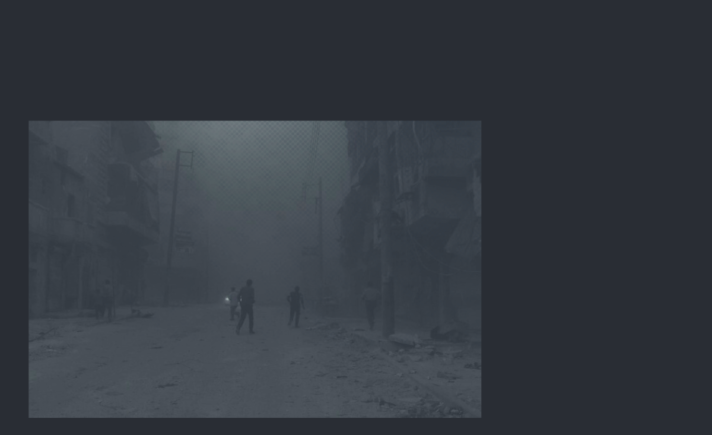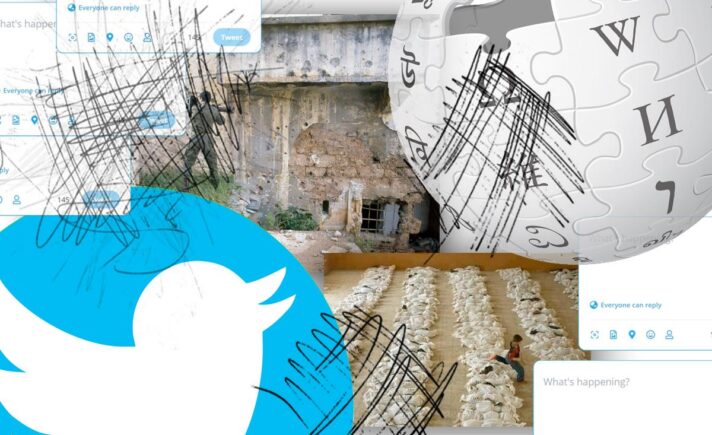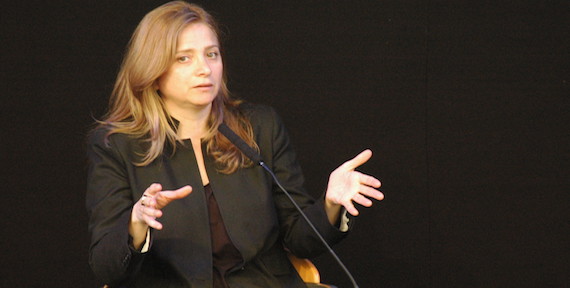[Editor’s note: This article is the third in a series published in collaboration with Mada Masr to mark the tenth anniversary of the Egyptian revolution. It is also available in Arabic.]
In the experience of Syrians’ dispersal and our diaspora—and before it, during the revolution, with its territorial shifts from one region to another in Syria—we were offered a paradox and rare opportunity. This was for Syrian groups to enter into capsules differentiated in time and geographical space, yet converging simultaneously on social media; bound together by logos; that is, language-reason. The collision, through language, between two distant and discordant realities began to manifest for Syrians still under the hegemony of Assadist tyranny, in an everyday existence that grew ever worse, while at the same time it became ever “stranger” to speak about the revolution; the revolution as a moment still hot in the minds of those who joined it in 2011, but later left the country. This impression of “strangeness” is reciprocal, as both sides discover how the other side’s reality develops and transforms—or does not.
There are turns of phrase and expressions that acquire the strangeness of time when recalled. What enables this recollection process is the living sap that is the language, both written and recorded, that abounds to an unprecedented degree. What if we seek to recollect this in the Syrian context by examining and re-reading the language produced in 2011 and the following few years? What if we do so starting from the present, and from a pivotal question: What is necessary for life now in our countries? Such a question grants us respite from the grief and pain of commemoration, allowing us instead to start remembering as an act of thought and a continuation of change. It grants us, also, the right to forget, which is no less important than remembering, and is in fact organically linked to it. To forget, in this sense, is not to erase the event from history, but to be relieved of what is no longer relevant to our present.
In the process of dynamic remembrance, we contemplate the strangeness of distance, and are thus able to chronicle the development of the ideas, expressions, and words we exchanged, to relieve ourselves of some of them by reading them retroactively. We refine fundamental ontological concepts that we still need in order to live now; re-defining them according to our experiences and immediate circumstances. This entails an invitation to affirm normative definitions, as though to say that dignity, justice, and the liberties usurped by a regime of butchers whose only understanding of politics is the obliteration of bodies, remain wholly necessary and current concepts unchanged by time. As for words, their recollection offers an opportunity to remember the actors, the discourse, the audience, and their impressions and transformations. It is also an opportunity to understand social relations; who is in control and who is subordinate; and to understand the emotions and sentiments associated with the word-event; and the semantic mutations tied to the rapid change of reality. Words are thus small histories in which the individual is not erased in favor of the multitudes.
This historical exercise, built on recalling the 2011 moment, with all its emotions carried in language, but starting from the feelings of the present, is a history unburdened by idolization of the revolutionary moment; or by rendering it a “heritage” or identitarian folklore fixed in time, not interacting with the present; or by rendering history a heavy matter—what one philosopher termed “history fever.” By re-examining the history of the ideas, we free ourselves of repetitive “commemoration” as an exhibition of a bruised memory, immersed in the recollection of pain and trauma; a museum of the dead. Dynamic remembrance is the antithesis of static commemoration, and implies the right to forget and unlearn. This by no means involves a denial or revision of the truth / historical event. To forget is not to claim there is more than one version of the truth.
I once came across this illustration that attempts to explain Walter Benjamin’s perception of history: that history gently strokes the walls of the tomb, then moves forward, while commemoration stays at the very center of the tomb, forever wailing at the piercing and painful memory. Perhaps language is the remembrance that allows the wailing memory to be nudged forward. The most revolutionary potential exists now, and it consists in reading the “now.” In which case, each reading of texts, discourses, and documents must be tied to the possible now, and the relevant now. Likewise, determining the historical and circumstantial contexts of using a given language helps us understand whether or not it is still relevant, or is instead a purely empty, reactionary recollection.








